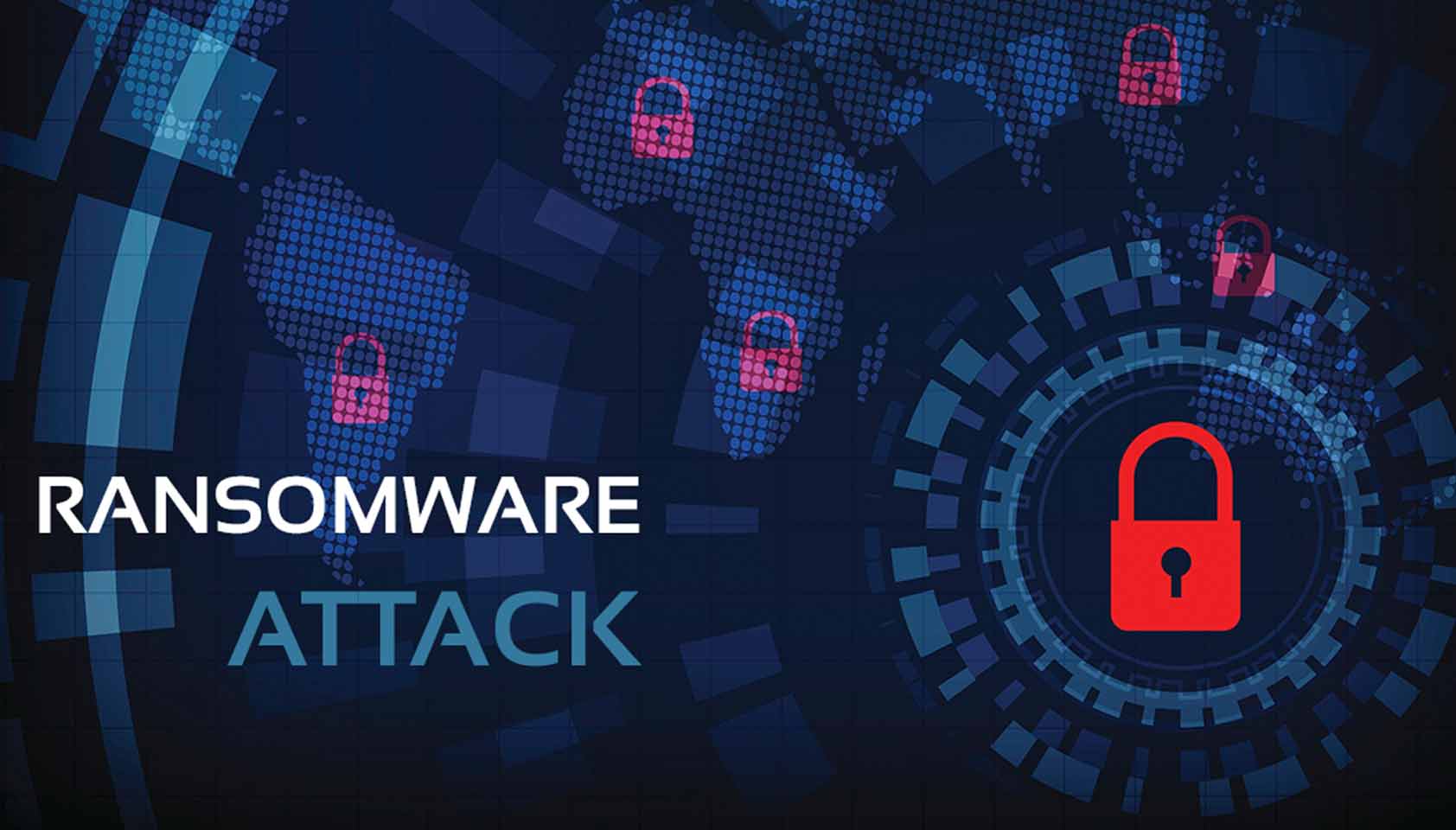Ransomware attacks have been the biggest threat in the recent years and it has affected users of computers all around the world. The biggest threat is the fact that a lot of users are not aware of these threats and end up getting infected with the virus.
Table of Contents
Overview on Ransomware attacks
Ransomware attacks are a type of cyberattack where an attacker gains unauthorized access to a victim’s computer or network and encrypts their files or data. The attacker then demands payment, typically in the form of cryptocurrency, in exchange for the decryption key to restore access to the files or data. Ransomware attacks can have severe consequences for individuals and organizations, including the loss of sensitive data, financial losses, and reputational damage.
Ransomware attacks are typically spread through phishing emails, malicious websites, or by exploiting vulnerabilities in software or systems. Once the attacker gains access, they will often use a program to encrypt the victim’s files or data, leaving them inaccessible. The attacker then demands payment within a specified time frame, often threatening to delete or publish the data if the ransom is not paid.
implementing strong security measures
To protect against ransomware attacks, it is important for individuals and organizations to take a range of preventative measures, including regularly backing up data, keeping software and systems up-to-date with security patches, and implementing strong security measures such as firewalls and antivirus software. It is also important to educate users on safe computing practices, such as avoiding suspicious emails and not clicking on links or downloading attachments from unknown sources.
In the event of a ransomware attack, it is important to resist the urge to pay the ransom, as there is no guarantee that the attacker will provide the decryption key, and paying the ransom may encourage further attacks. Instead, victims should report the attack to law enforcement and seek the assistance of cybersecurity experts to help recover their data and prevent future attacks.
What happens in a ransomware attack?
Malware is a computer infection that installs itself on your PC without your permission. You cannot do anything when this threat enters your system because it has already placed itself in the most vulnerable parts of your system.
The most common method that malware uses to infect your system is to install the legitimate software updates on your PC. However, this method is not very effective. You will be faced with many infections that can easily spread to other computers. It is possible that a virus can get into your system through infected emails or downloads that contain malicious files. Most of the time, hackers who are not very technical are able to use these email attachments to install their own virus on your system.
When you click on the attachment in these emails or download the malicious objects, a part of your system gets infected. This virus starts to attack your PC from the inside and can make your system useless as well as slowing down your system.
What is the biggest ransomware attack?
In order to get rid of the Malware, you need to get rid of all the infections that are hiding in your system. There is no other way that can work for your system and stop the infection.
In order to get rid of the Malware, you need to use the right tools that can identify all the infections and remove all the malware that are on your system. This is not the easiest task and it is going to take a while to get rid of all the infections in your system.
You can get rid of the Malware with the help of a good antivirus program. However, if you are not using an antivirus program, then you need to make sure that your computer has a good anti-malware program installed on it. If you use the right program, then it will help you get rid of the threats quickly.
Should you pay a ransomware attack?
The anti-malware program will remove the threats that are hiding in the computer and then the antivirus software will scan through the system to identify the threats and remove them. It will also make sure that your computer is safe from further attacks and you will not get the threats again.
You can also use a registry cleaner to get rid of the threats. This software will scan through your system and remove all the infected files. If you are using an older version of Windows, then you may need to use the registry cleaner that is available from the internet.
There are many registry cleaners that can be downloaded from the internet and you can get rid of the threats from your system. If you do not have a good anti-malware program installed on your system, then you should try to get one from the internet because it will help you get rid of the threats.
How dangerous is ransomware?
There are many websites that will help you get rid of the threat in your computer and will get rid of the threats that you get. Once you get rid of the threats, you can also get rid of the Malware from your computer.
However, it is very important to make sure that you do a proper scan before you get rid of the threat from your computer. If you do not clean up your computer regularly, then you will have to keep on having the Malware and you will end up having to scan through your computer and you will have to do it again. This is one of the best ways to get rid of the Malware from your computer.
Also Read:











